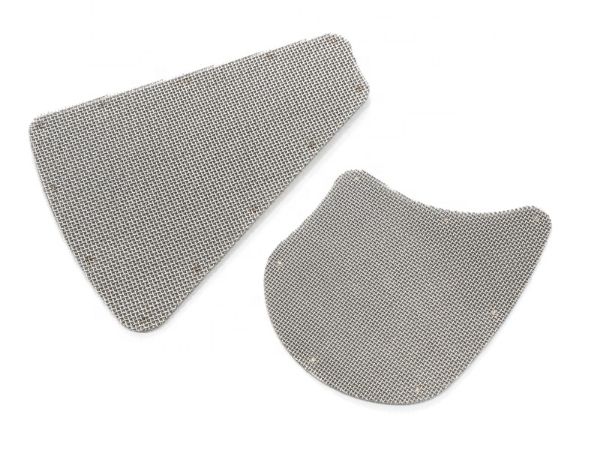Woven Mesh Deep Processing Products for Various Industrial Applications
Woven mesh deep processing refers to the further processing of woven wire cloth into semi-finished products. Our woven wire cloth comes in a variety of materials and weave types. We have various processing capabilities from simple cutting, slitting to complex sintering and custom design to meet the needs of filtration, separation and special purposes of various filter elements in many industries.
Woven wire mesh slitting is a process that uses a special cutter to cut the mesh into narrow rolls or strips for subsequent processing and use. Woven wire mesh can be slit into various widths and lengths to meet specific application requirements. For example, the mesh can be slit into narrow strips for being used as a filter element or in punching operations, or into wider rolls for being used as a conveyor belt or fencing material.
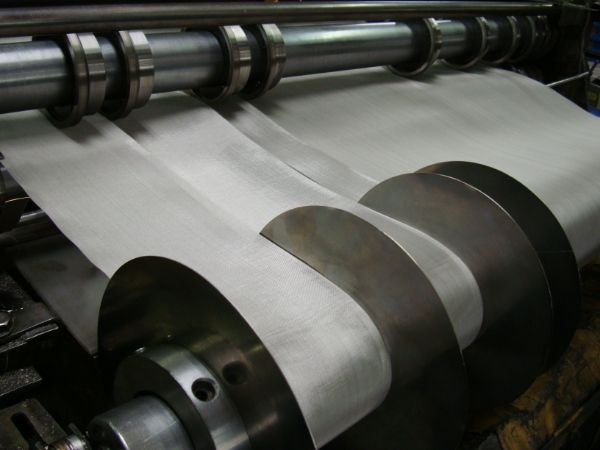
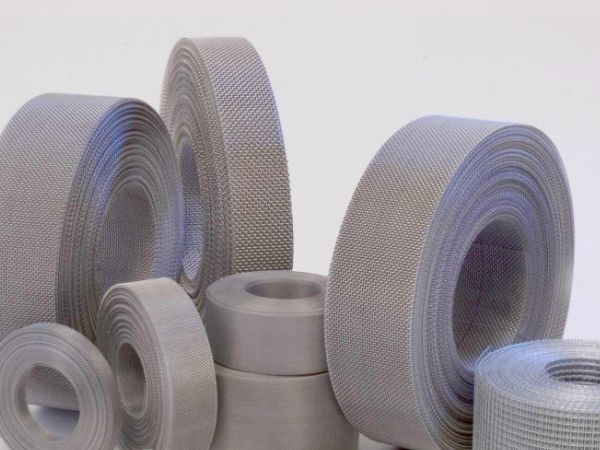
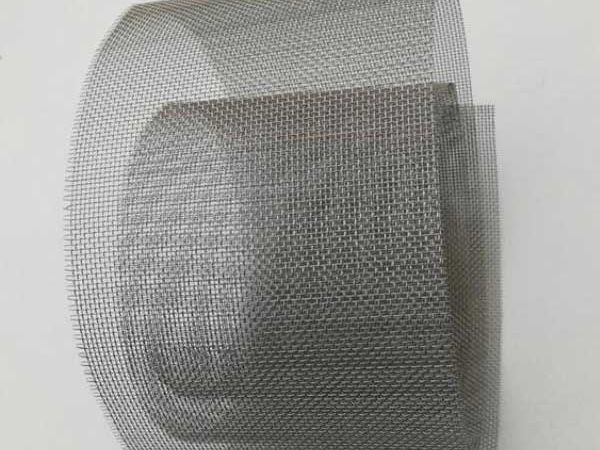
Woven wire mesh laser cutting is a process that uses a high-powered laser beam to cut the mesh into specific shapes or designs. This process is typically used to create intricate shapes or patterns in the mesh that cannot be achieved using traditional cutting methods without damaging or changing the integrity of the mesh. Woven wire mesh laser cutting is widely used in various industries, such as architectural, automotive and aerospace, where the mesh is used for decorative or functional purposes, for example, screens, facades and filters.
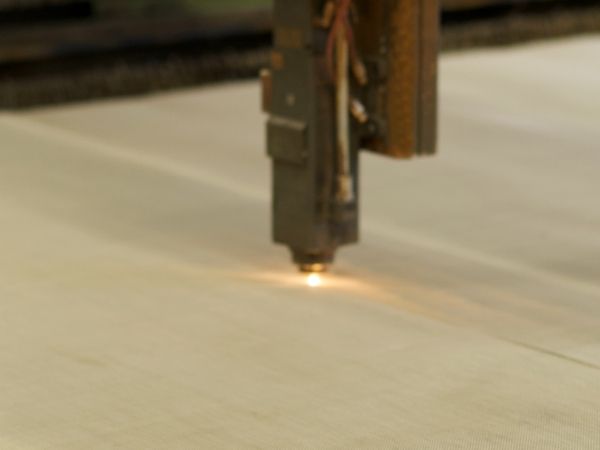
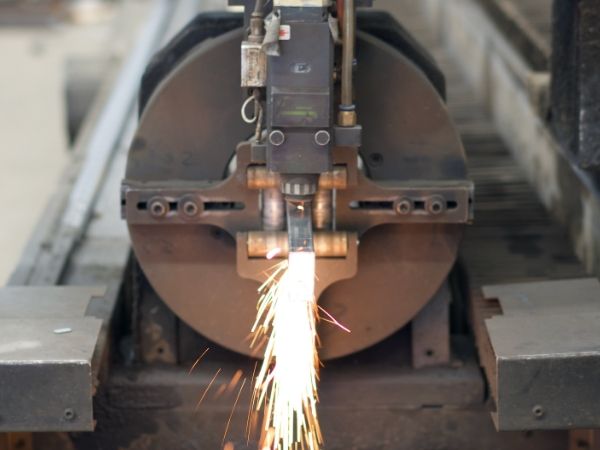
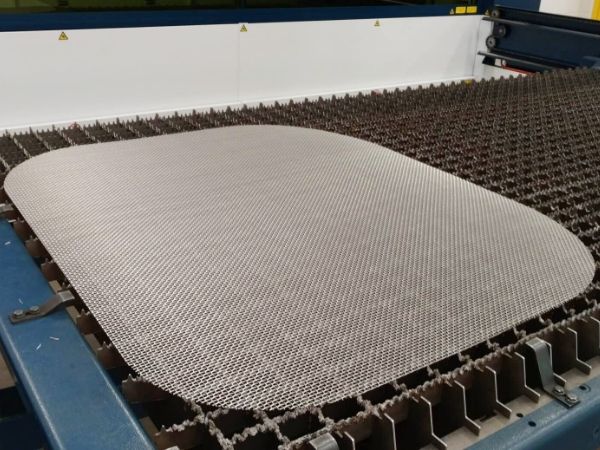
Woven wire mesh punching is a process that punches special shapes on the mesh by installing a stamping die of required shape on a punch press and applying pressure on it. During the process, different types of punch chips can be used including round punch chips, square punch chips or customized punch chips. The size of the punch chip depends on the specific requirements of the products being manufactured.
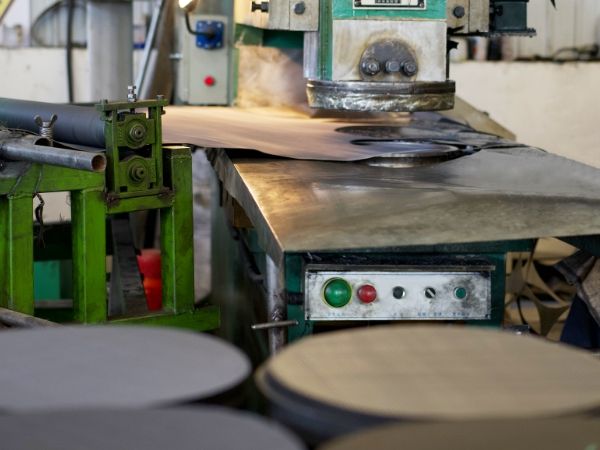
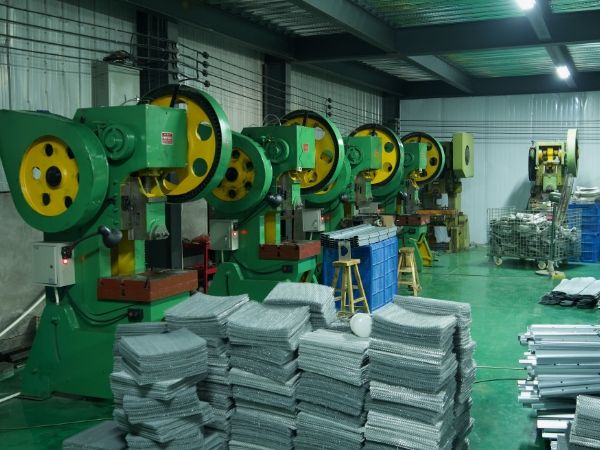
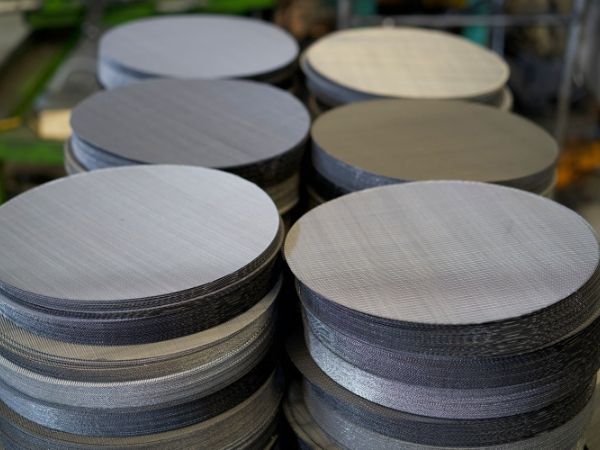
Binding/frame is a process that reinforces the perimeter of a cut woven wire mesh to improve its hardness and prevent it from deformation caused by excessive tension. After binding/frame, woven wire mesh with mesh counts can extend its service life and make it easy to remove and clean. Depending on its thickness, there are single-layer filter screens, double-layer filter screens and multi-layer filter screens.
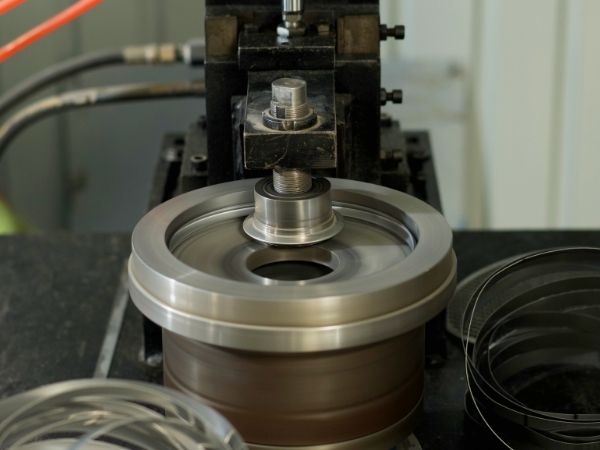
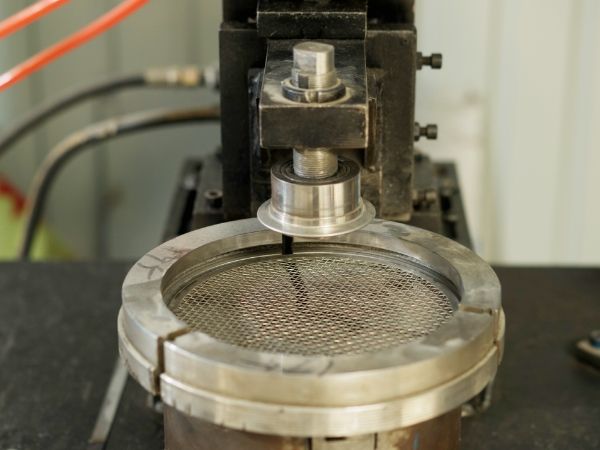
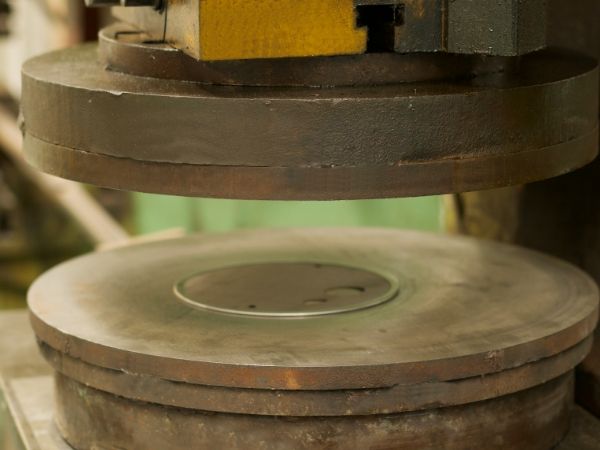
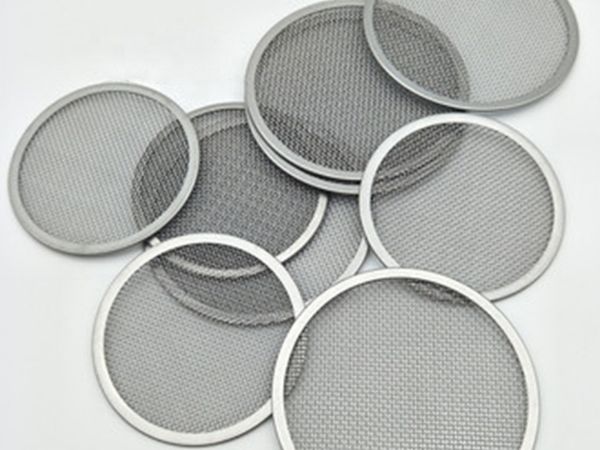
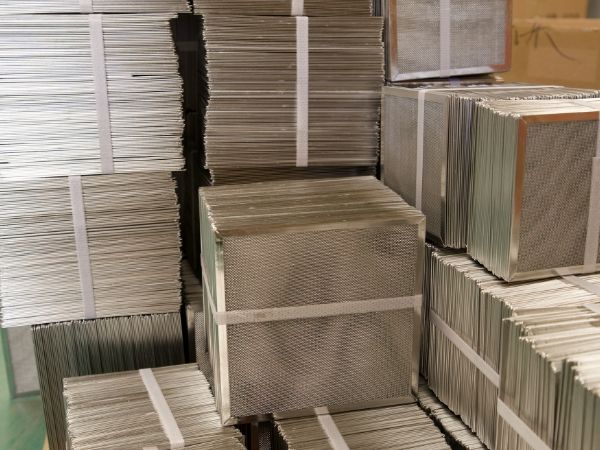
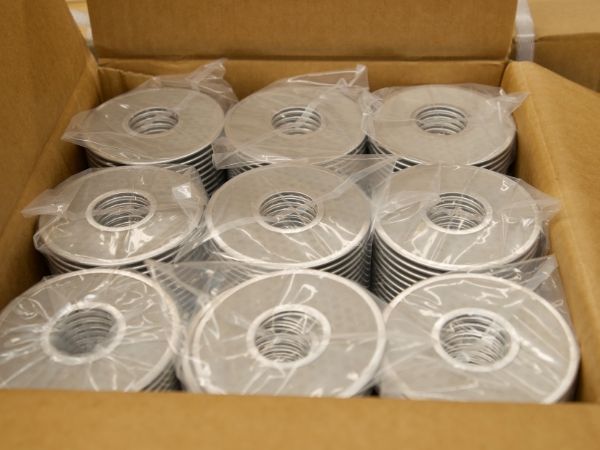
Shaping is a process of processing woven wire mesh into a specific shape through bending, punching , welding, etc. Common shapes include sheet, cylindrical, conical, semi-circular, etc. We use advanced equipment such as bending machines, stamping machines, welding machines, and coiling machines to ensure processing accuracy, prevent damage to the woven wire mesh, and improve the production efficiency.
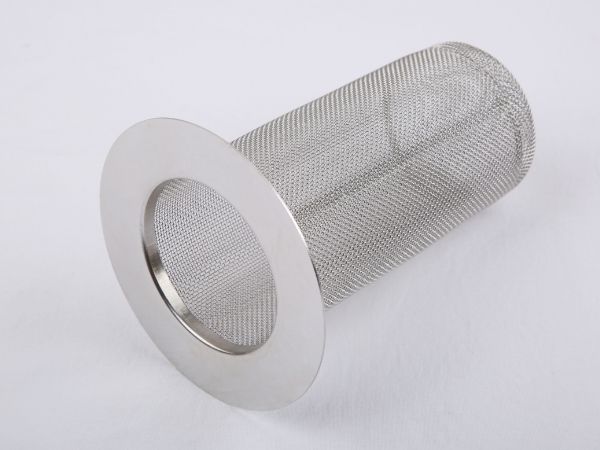
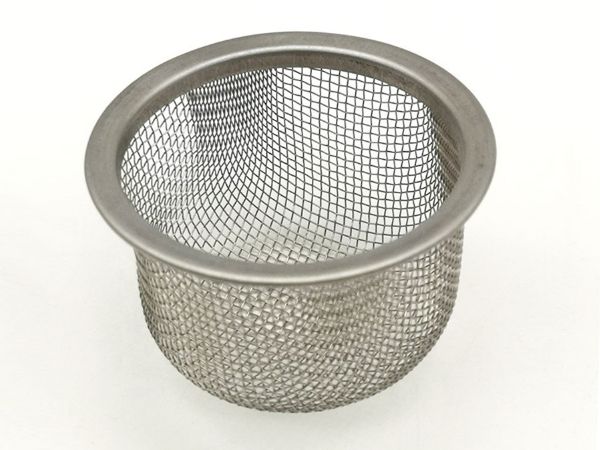
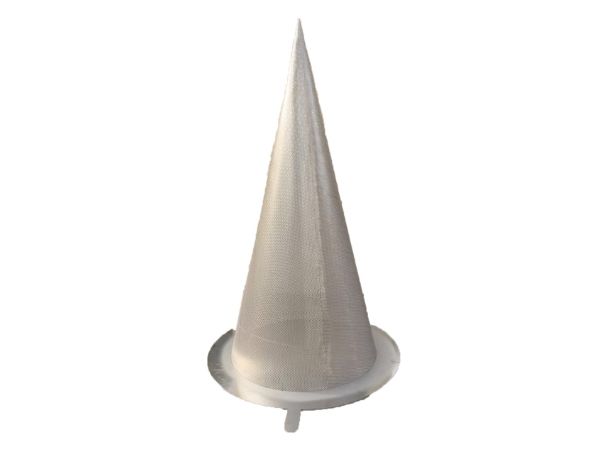
Woven wire mesh spot welding is a common metal mesh welding method to enhance the strength and stability of the mesh. It connects multiple layers of woven wire mesh together by performing multiple welding at the intersection of the mesh to achieve the purpose of woven wire mesh reinforcement.
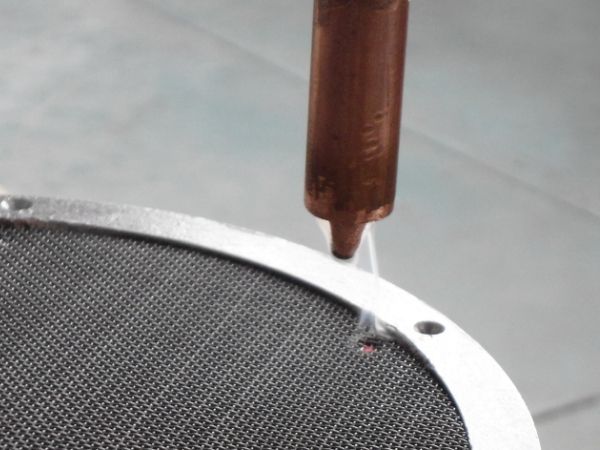
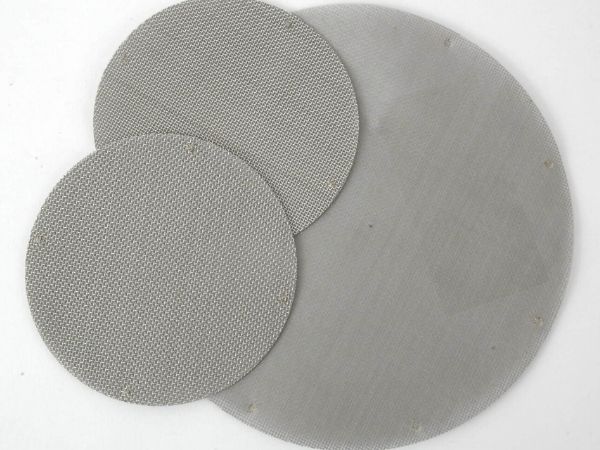
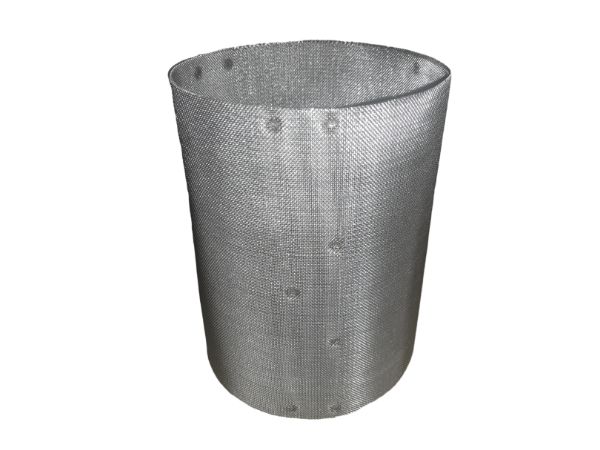
Woven wire mesh sintering is a process that improves the characteristics of the mesh by bonding the contact points of all the wires together to form a mesh whose wires are securely fused in place. Woven wire mesh after sintering improves the corrosion resistance, wear resistance and anti-fatigue performance of the mesh to make it can be used in harsh environments.
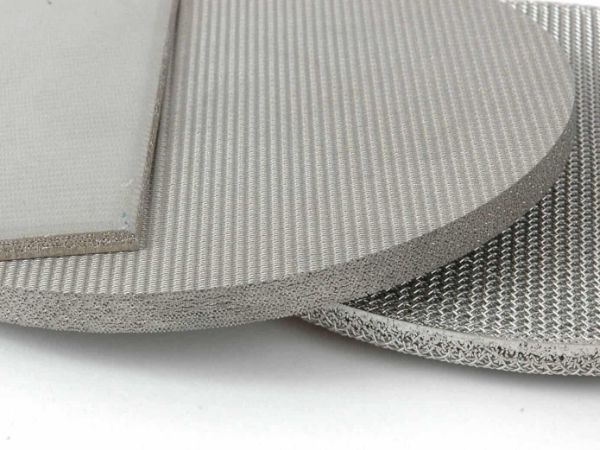
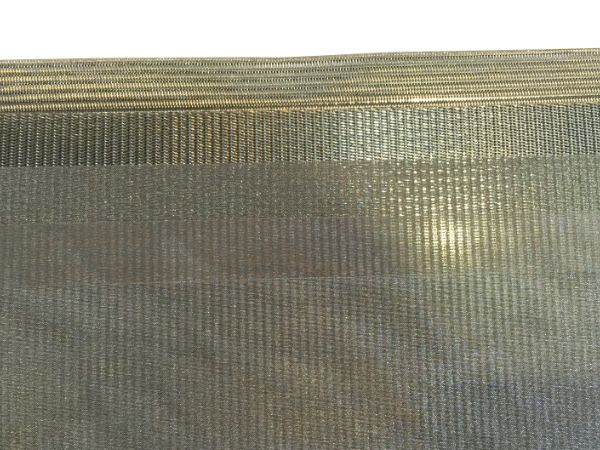
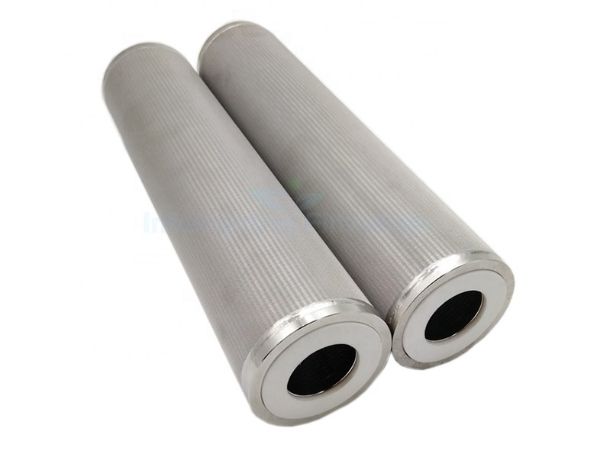
End-to-end welding is a process that uses the resistance welding technology to bond two wires together to create a continuous mesh without any gaps or interruptions. Spot welding or seam welding technology can also be used for welding. End-to-end welding ensures the flatness of the whole mesh surface and makes the structure more rigid and is typically used in electronic component manufacturing.
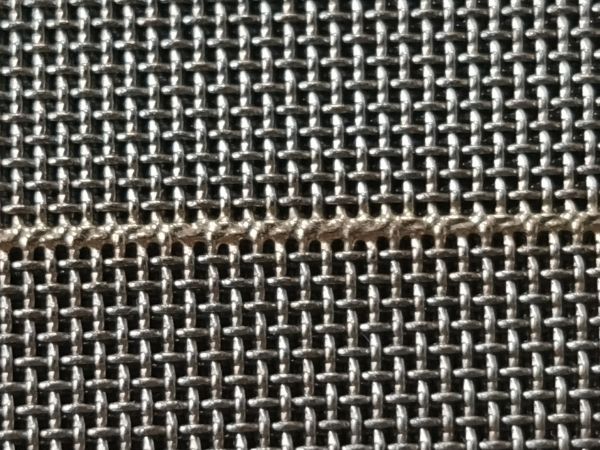
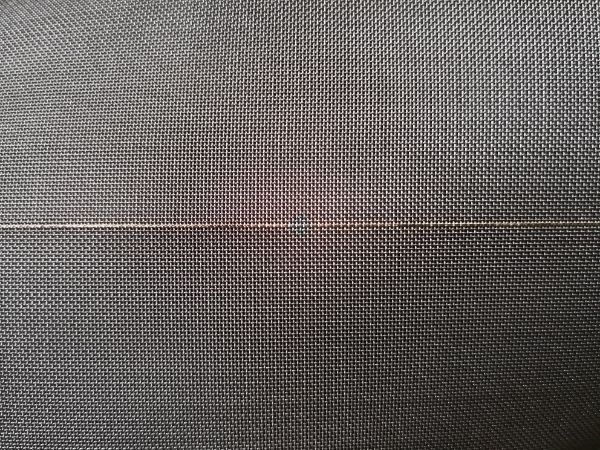
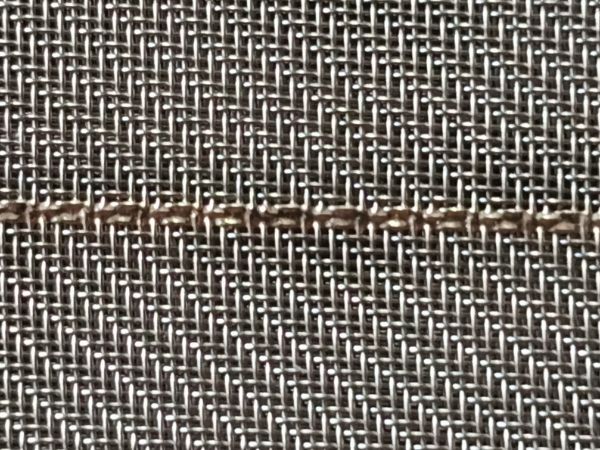
Pleating is a process that folds the woven wire mesh into a series of uniform folds for pleats to increase its surface area and filtration capacity. This process is typically done by a special pleating machine that folds the mesh into a specific depth and distance between folds. It is commonly used to produce woven wire mesh with different pleat depths and configurations and is suitable for air filters, liquid filters and hydraulic filters where high filtration efficiency and capacity are required.
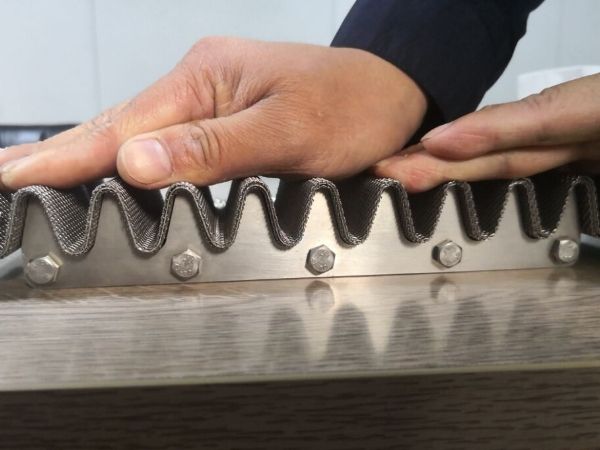
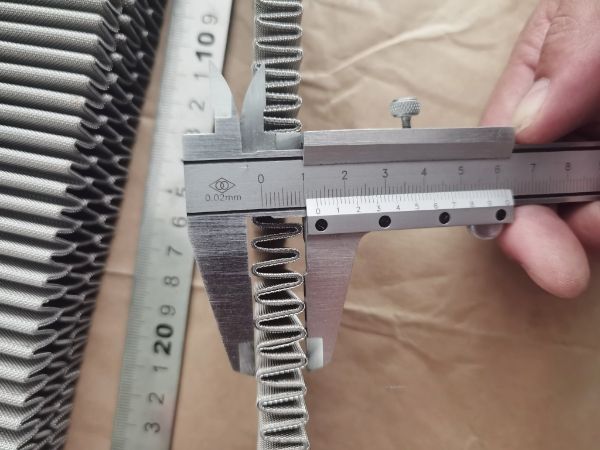
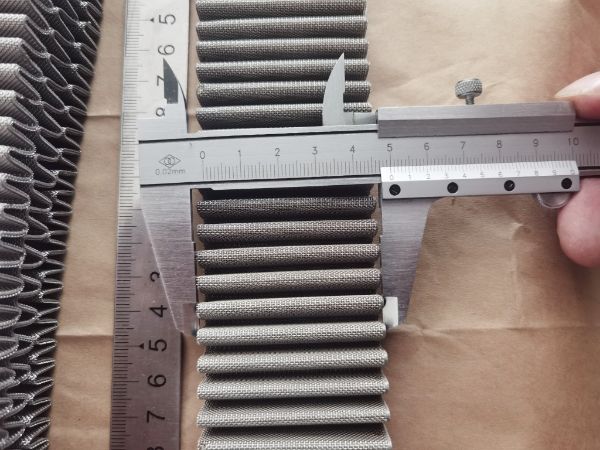
Woven wire mesh of various designs combine with injection molding for wire mesh edge protection, sealing, joining, support or assembly elements, or for forming shapes. The carefully designed filter screens are combined with injection molding and finished products are widely used in the production of car filters.
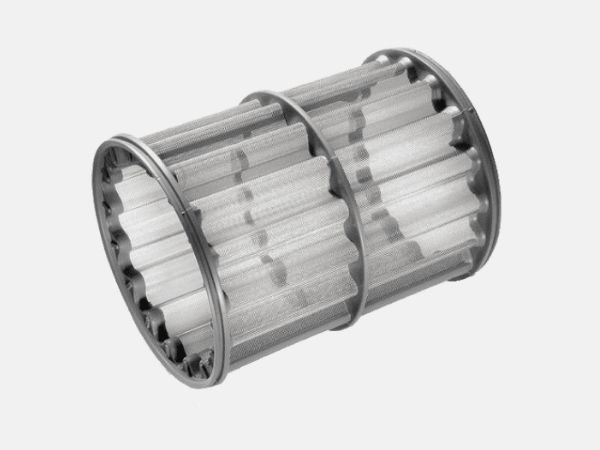
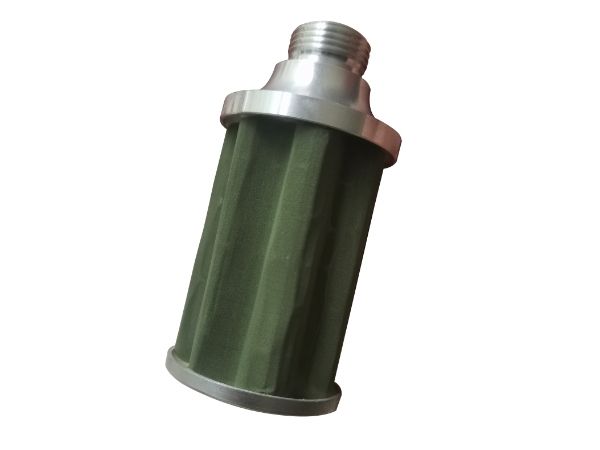
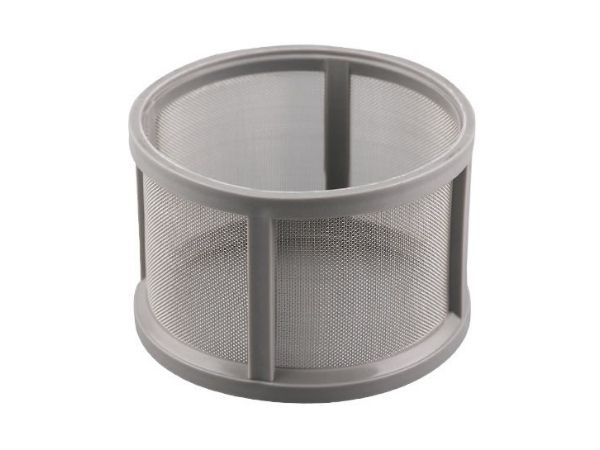
We can provide woven wire mesh custom design services. We can select and design woven wire mesh based on your specific need and requirements and then determine the selected materials, mesh sizes and shapes, surface treatment methods and other details to ensure these woven wire mesh can achieve best use effects and performances.

